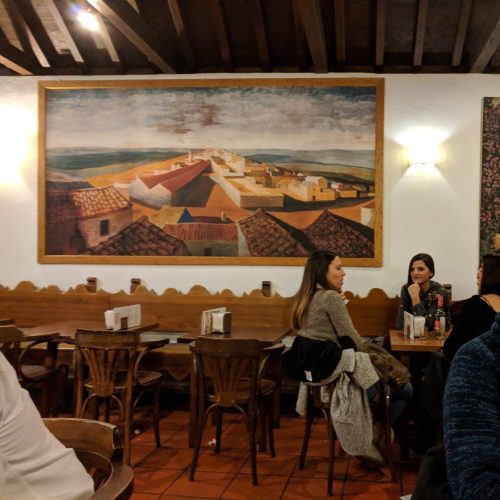
Easy Spanish for Restaurants
Dear Cory,
The time I’ve recently spent traveling in Italy had made me realize how much more comfortable I feel in Spain, where I’m able to communicate in the local language. This difference became especially apparent for me in ‘simple’ conversations like when ordering in a restaurant.
In order to help you feel more at ease here in Spain, we’ve compiled a short list of the questions you’re likely to hear and other expressions you’re likely to need to use when at restaurants. As we’ve mentioned in our easy Spanish for traveling post, this is by no means an exhaustive list but instead a great starting point. Feel free to drop us any questions in the comments!
Please Note: Most of the verbs in expressions below have been written in the ‘tú’ form, which is the less formal ‘you.’ In fancier restaurants, you’re likely to be addressed with ‘usted’ but in my experience ‘tú’ is the most commonly used form. Read more about those two ‘you’s here. (You will also hear the ‘vosotros’ [informal plural ‘you’] or ustedes [formal plural ‘you’] if you are a group, but for simplicity sake we’ve used just the singular form.)
Arriving and getting a table
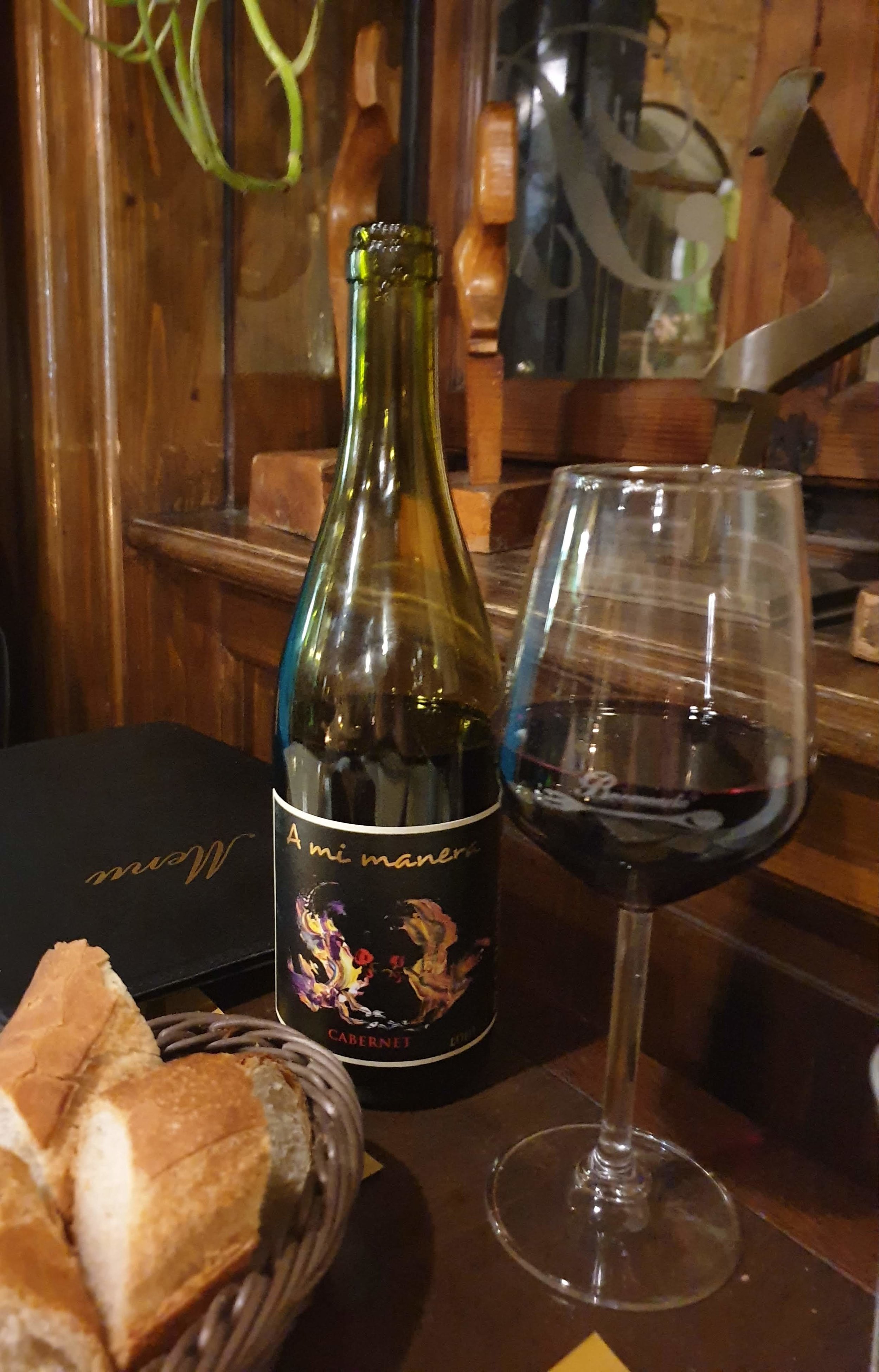 For your use
For your use
Perdona… Excuse me…
¿Está abierta la cocina? Is the kitchen open?
¿Hay una mesa para #? Can we have a table for #?
¿Ponen tapas ahora/Están poniendo tapas? Are you serving tapas now?
¿Se puede tapear aquí? Can you get tapas here?
Sólo tapas. Only tapas.
La carta, por favor.* The menu, please?
*To be honest, most Spaniards tell me that saying ‘please’ after everything is very un-Spanish but I feel uncomfortable NOT doing it. As an in-between, I’ll often use the shortened version porfa (but just be ready for waiters to be confused if you deliver this with a non-Spanish accent as they’ll probably not expect you to use this slang).
You may hear
¿Dentro o fuera? Inside or outside?
¿Prefieres la terraza? Do you prefer the terrace?
¿Te traigo la carta? Shall I bring you the menu?
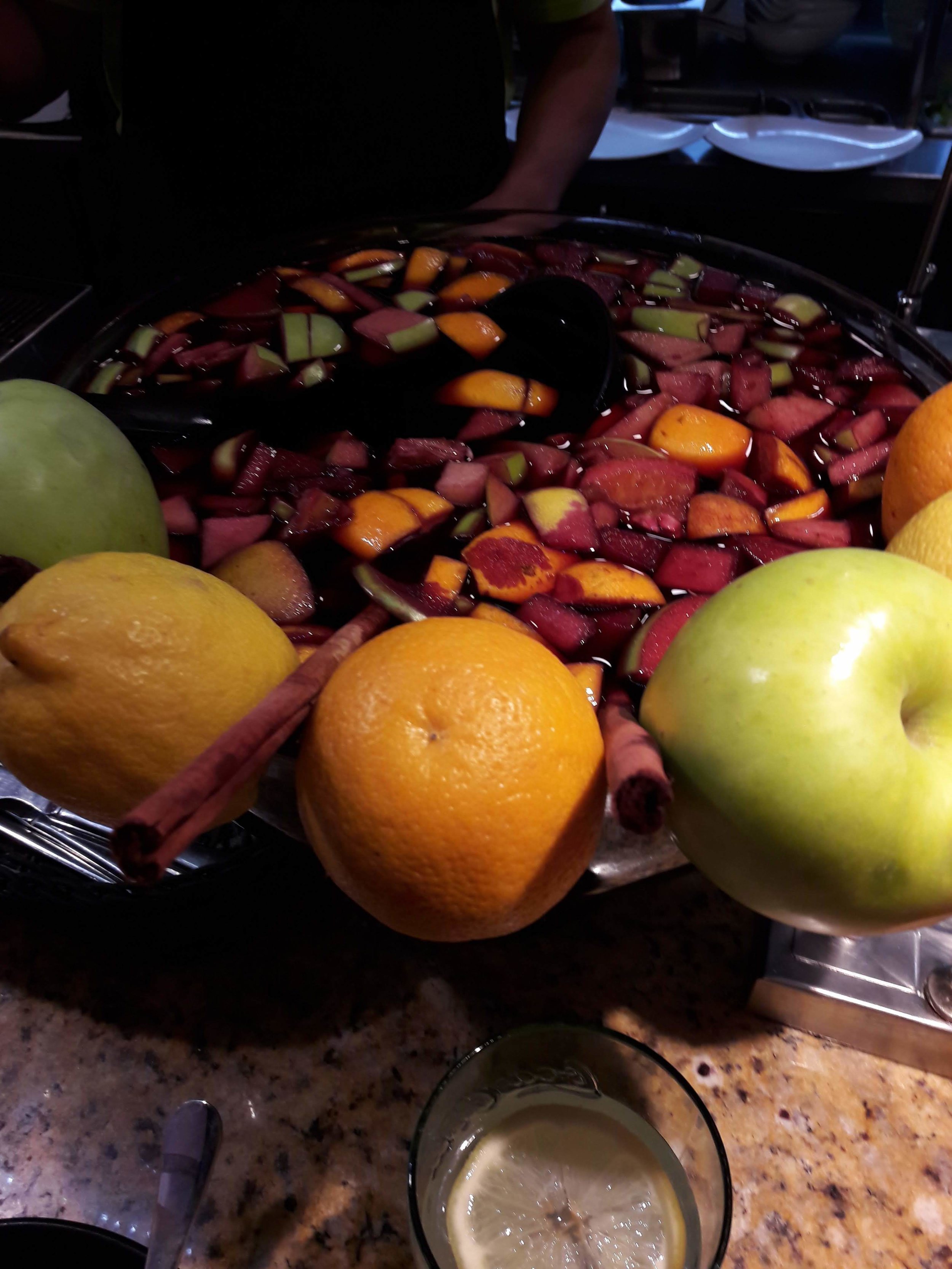 Ordering
Ordering
You may hear
¿Para beber? To drink?
¿Estás list@ (para pedir)? Are you ready (to order)?
¿Para comer? To eat?
¡Dime! Tell me (what do you want to order?)
¿Comes carne? Do you eat meat?
For your use
Estoy list@ para pedir. I’m ready to order.
Un segundo, por favor. Give me a second, please.
Todavía no. Not yet.
Quiero… I’ll have … (literally ‘I want…’)
-
un vino blanco / tinto: a white / red wine
-
una caña: a draft beer
-
una sangria: a sangria
-
un tinto de verano: a ”summer wine”
-
un zumo: a juice
-
una botella de agua: a bottle of water
-
un vasito de agua del grifo: a small glass of tap water
-
el menú (del día): the set meal option (of the day)
-
para el primer plato… for the first course…
-
para el segundo plato… for the second course…
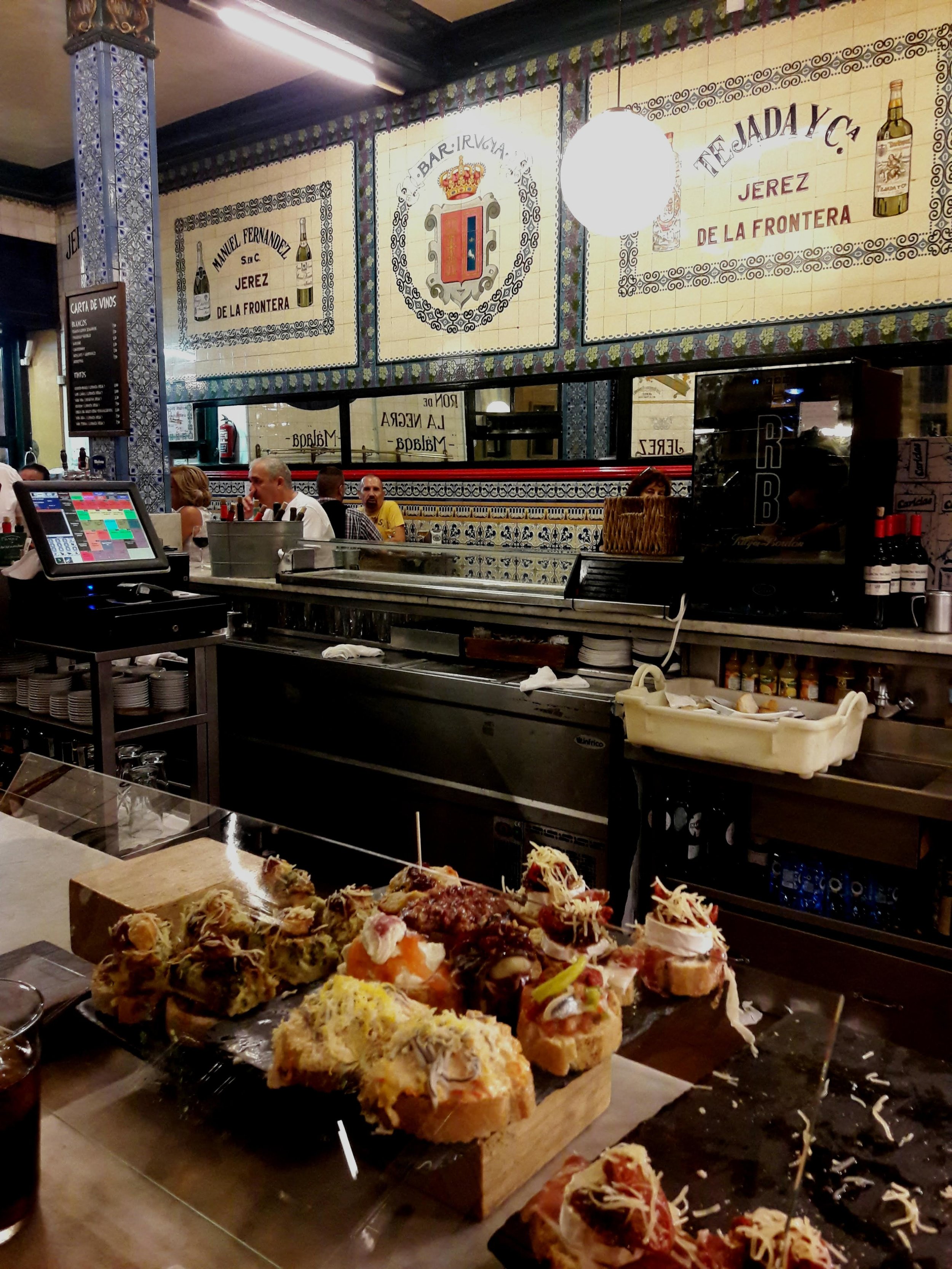 Alternatives to “quiero…”
Alternatives to “quiero…”
Para mí, un/una… por favor. For me, a…, please.
Ponme un/una… Give me a…
¿Me pones un/una…?* Could you give me a…?
¿Viene con patatas/verduras/etc? Does it come with fries/vegetables/etc?
Tengo alergia a los frutos secos. I’m allergic to nuts.
No puedo tomar lácteos/gluten/cerdo/etc. I can’t have lactose/gluten/pork/etc.
Soy vegetarian@. I’m a vegetarian.
Soy vegan@. I’m a vegan.
*while I hear many more Spaniards using the command form ‘ponme’ it feels a bit too much like a, well, command in my opinion. Thus I like to use this more questioning version out of politeness.
Finishing up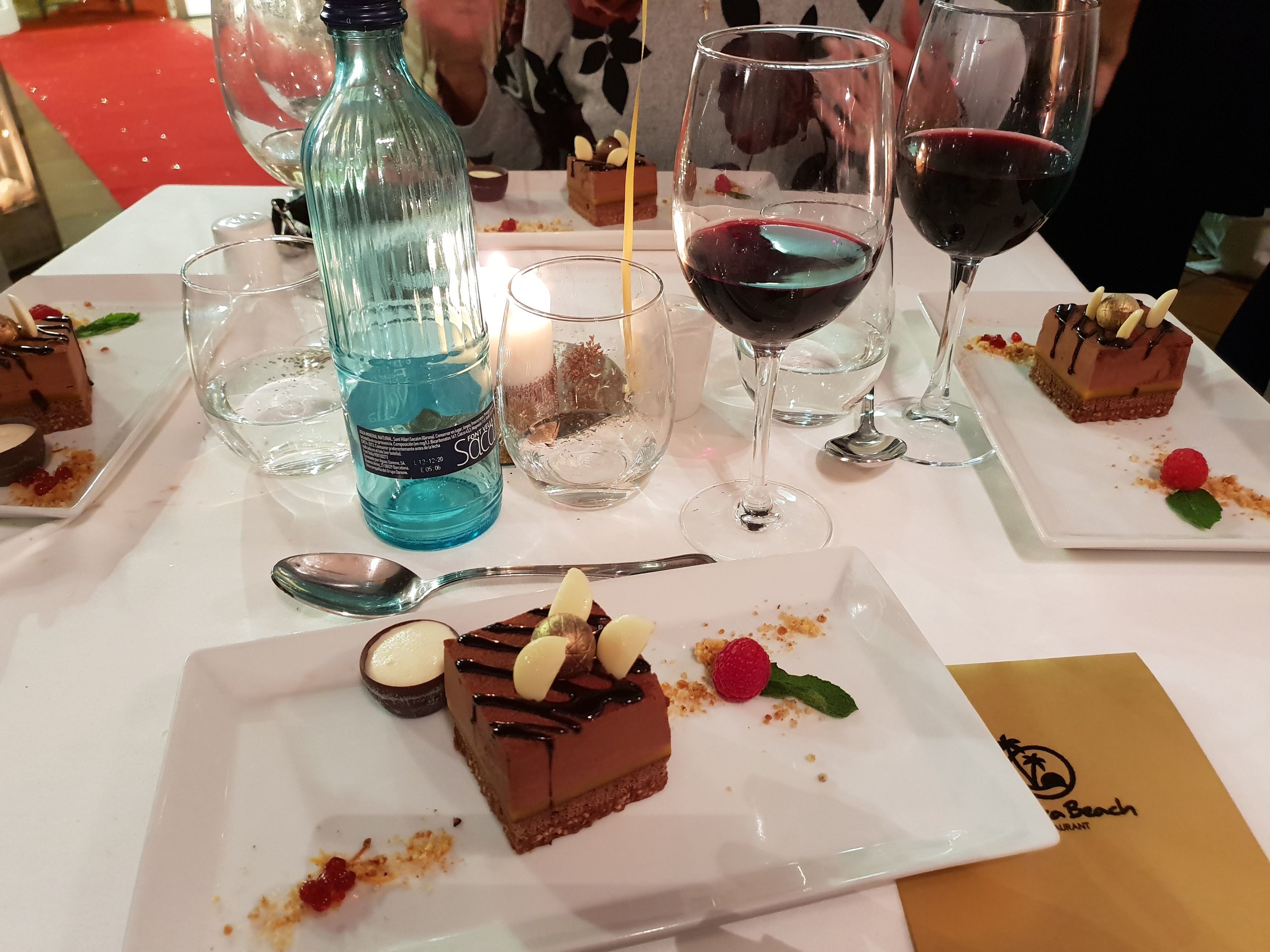
¿Has terminado? Are you finished?
¿Me lo/los llevo? ¿Me lo/los puedo llevar? Shall/Can I take it/them?
¿Algo más? Anything else?
¿Algún postre? A dessert?
For your use
Ya está. That’s all.
No puedo, estoy llen@. I can’t, I’m full.
¿Los servicios / el baño? The bathroom?
La cuenta, cuando puedas. The bill, when you can.
A few extra things to keep in mind
It is very common for Spanish waiters to ask for your drink order as soon as you arrive and before they bring you the menu. If you need extra time, just say so (‘un segundo, por favor’), but be aware that the less touristic places may not even have a drink menu so deciding what you’d like (and looking it up first if you don’t find it here) could be helpful.
If you want the most authentic experience, be sure to only order paella at midday, when it is normal for kitchens to be preparing this dish. The best paella is often made in a large paella pan from which dozens of people can be served. While many restaurants will have a menu that shows multiple different paella options be aware that these are geared towards tourists and generally not as tasty.
Keep in mind that, while you should find information about ingredients and allergens written in the menu, this is still a newer thing for Spain and they don’t always get it right. I would always recommend sharing with your server any dietary restrictions you may have in order to ensure that anything you want to avoid is not present in your dish. At the same time that restaurants are getting better about taking allergies, vegetarianism, and the like more seriously don’t be surprised if you’re asked “but you eat fish, right?” even after explicitly stating you are vegetarian or vegan. Read more about our tips on that here.
It is not common to order a coffee with your meal so if you want to do so be 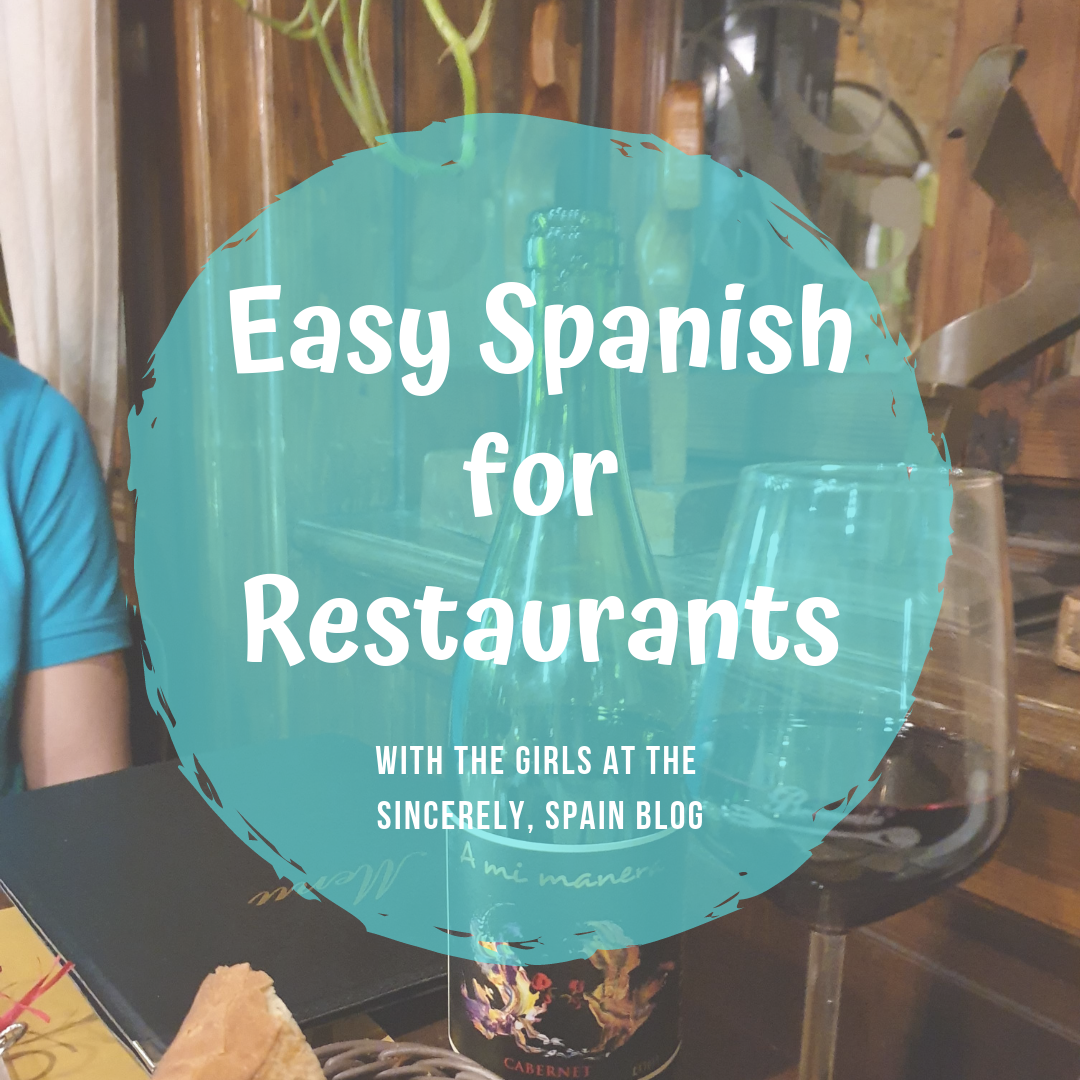 prepared to be asked “are you sure?” and/or to actually be denied. Spaniards simply do not do this and so (especially outside of the most touristic areas) you will probably be advised to wait until after your meal for this. Be sure to check out our articles on tapas and pintxos to brush up on the culture around these small portions so you know how to order them authentically as well.
prepared to be asked “are you sure?” and/or to actually be denied. Spaniards simply do not do this and so (especially outside of the most touristic areas) you will probably be advised to wait until after your meal for this. Be sure to check out our articles on tapas and pintxos to brush up on the culture around these small portions so you know how to order them authentically as well.
Sincerely,
Spain




